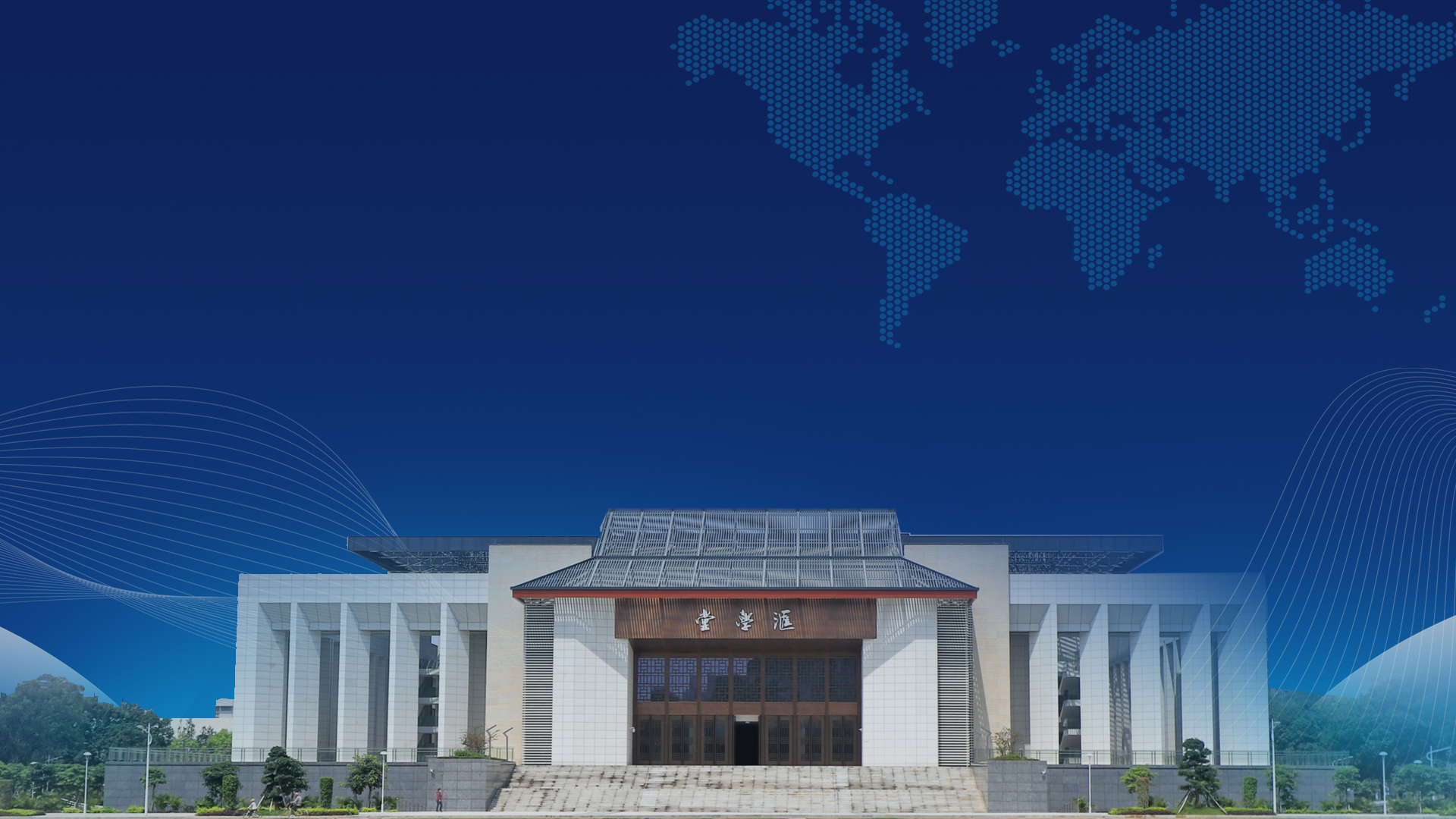近日,广西大学作为通讯单位在国际顶级学术期刊《Nature》发表了一篇具有里程碑意义的评论性文章,题为《We use 30 billion tonnes of concrete a year–here’s how to make it sustainable》。这篇论文由来自广西大学/同济大学的肖建庄教授、香港理工大学/香港纳米先进材料研发院的邹帅博士、香港理工大学的潘智生教授、香港纳米先进材料研发院的沈文龙博士、澳门科技大学的李宗津教授、美国德克萨斯大学阿灵顿分校/西北大学的Surendra P. Shah教授等不同国家和机构的顶尖学者共同完成,为建筑关键材料的绿色可持续发展提供了清晰的科学依据和技术路线图。
论文的核心贡献
文章聚焦于建筑行业的关键材料——混凝土,提出了实现净零排放的清晰技术路线图。混凝土作为全球最广泛使用的建筑材料,其生产过程中的二氧化碳排放量约占全球总排放量的8%。这一数据令人震惊,但也为减排提供了巨大的潜力!
研究团队通过深入分析,提出了从材料设计、生产工艺到建筑全生命周期的创新策略,包括采用低碳水泥、再生混凝土、工业废料再利用、生物基负碳材料、碳捕获与封存(CCS)等技术以及智能化施工管理。通过这些方法,建筑关键材料有望在未来实现碳中和目标。
文章强调,净零混凝土不仅意味着零碳排放,还包括减少能源和资源消耗。未来,建筑行业的政策和实践必须采用这种整体性方法,以实现低碳可持续发展。论文还特别指出了跨学科合作和技术创新的重要性,为全球建筑行业的绿色低碳转型提供了科学依据和实践指导。

对全球碳中和的深远意义
实现混凝土的净零排放不仅是建筑行业的挑战,更是全球碳中和目标的重要组成部分。这篇论文的发表,为全球建筑行业提供了切实可行的解决方案,具有以下几方面的深远意义:
1.推动行业绿色转型:论文提出的技术路线图为建筑行业提供了明确的减排路径,有助于加速行业向绿色、低碳方向转型。
2.促进资源高效利用:通过工业及生物质废料再利用和循环经济模式,论文为减少资源浪费、提高材料利用效率提供了新思路。
3.助力全球气候目标:建筑行业的减排对实现《巴黎协定》的全球气候目标至关重要,这篇论文为全球碳中和提供了重要路径。
4.引领交叉学科创新:论文强调了材料科学、环境工程、结构工程、管理科学等多学科的协同创新,为未来研究初步指明了方向。
结语
《We use 30 billion tonnes of concrete a year – here’s how to make it sustainable》的发表,预示着混凝土下一个100年的导引方向,标志着全球建筑行业在实现碳中和目标上迈出了关键一步。这篇论文不仅为学术界提供了重要的理论支点,也为产业界提供了可行的技术路径。
相信在不久的将来,随着这些创新技术的研发与推广,建筑行业将为全球低碳可持续发展作出更大贡献。
参考文献
Xiao, J.Z., Zou, S., Poon, C. S., Sham, M. L., Li, Z.J., & Shah, S. P. (2025). We use 30 billion tonnes of concrete a year – here’s how to make it sustainable.Nature. doi: https://doi.org/10.1038/d41586-025-00568-4
英文版
Nature Breakthrough|How to make concrete sustainable
Recently, Guangxi University,as the communication unit, published a significant comment paper titled "We use 30 billion tonnes of concrete a year – here’s how to make it sustainable"inthe prestigious international academic journalNature,providing a scientific foundation and technical roadmap for achieving carbon neutrality in the global construction industry. The paper was collaboratively completed by leading scholars from various countries and institutions, including Prof. Jianzhuang Xiao (Tongji University/Guangxi University), Dr. Shuai Zou (The Hong Kong Polytechnic University/HK Nano and Advanced Materials Institute Limited), Prof. Chi-Sun Poon (The Hong Kong Polytechnic University), Dr. Man-Lung Sham (HK Nano and Advanced Materials Institute Limited), Prof. Zongjin Li (Macau University of Science and Technology), and Prof. Surendra P. Shah (University of Texas at Arlington/Northwestern University). This marks a crucial step forward in global research on green building materials.
Core Contributions of the Paper
The article focuses on concrete, a key material in the construction industry, and proposes a clear technological roadmap for achieving net-zero emissions. As the most widely used construction material globally, concrete production accounts for approximately 8% of total global carbon dioxide emissions. This staggering figure is alarming but also presents significant potential for emission reduction!
Through in-depth analysis, the research team proposed innovative strategies spanning material design, production processes, and the entire lifecycle of buildings. These include the adoption of low-carbon cement, recycled concrete, industrial waste reuse, bio-based carbon-negative materials, carbon capture and storage (CCS) technologies, and intelligent construction management. By employing these methods, the construction material is expected to achieve carbon neutrality in the future.
The article emphasizes that net-zero concrete not only means zero carbon emissions but also includes reducing energy and resource consumption. In the future, policies and practices in the construction industry must adopt this holistic approach to achieve low-carbon sustainable development. The paper also highlights the importance of interdisciplinary collaboration and technological innovation, providing scientific foundations and practical guidance for the global construction industry's green and low-carbon transformation.

Profound Implications for Global Carbon Neutrality
Achieving net-zero emissions in concrete production is not only a challenge for the construction industry but also a critical component of global carbon neutrality goals. The publication of this paper offers practical solutions for the global construction industry, with the following far-reaching implications:
1.Driving Industry Green Transformation:The technological roadmap proposed in the paper provides a clear path for emission reduction, accelerating the industry's transition toward green and low-carbon practices.
2.Promoting Efficient Resource Utilization:By reusing industrial and biomass waste and adopting circular economy models, the paper offers new ideas for reducing resource waste and improving material efficiency.
3.Supporting Global Climate Goals:Emission reduction in the construction industry is crucial for achieving the global climate targets set by the Paris Agreement. This paper provides an important pathway for global carbon neutrality.
4.Leading Interdisciplinary Innovation:The paper emphasizes collaborative innovation across materials science, environmental engineering, structural engineering, and management science, pointing the way for future research.
Conclusion
The publication of ‘We use 30 billion tonnes of concrete a year – here’s how to make it sustainable’ heralds the guiding direction for concrete in the next 100 years, marking a critical step forward for the global construction industry in achieving carbon neutrality. This paper not only provides an important theoretical foundation for academia but also offers feasible technological pathways for the industry.
It is believed that in the near future, with the development and promotion of these innovative technologies, the construction industry will make even greater contributions to global low-carbon sustainable development.
References
Xiao, J.Z., Zou, S., Poon, C. S., Sham, M. L., Li, Z.J., & Shah, S. P. (2025). We use 30 billion tonnes of concrete a year – here’s how to make it sustainable. Nature. doi: https://doi.org/10.1038/d41586-025-00568-4




